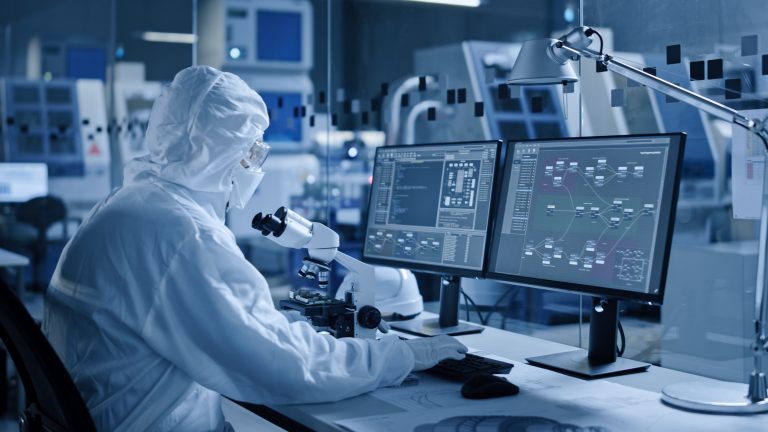Reliability: The Cornerstone of Medical Applications
Posted November 18, 2021 by Dermot Flynn

In the past few years, the healthcare industry has experienced a major shift, driven by advances in technology. Treatment delivery is changing, with rapid expansion of digital health management tools and devices to support patients at home. According to Frost and Sullivan, the future of health will be “consumer-centric, wellness-oriented, care everywhere and digitally connected.”
One area that has not changed is the need for reliable medical devices that work all the time. High performing, reliable power supplies are critical in medical equipment – connected directly to the power grid, they are often the first line of defense to ensure patient and operator safety.
Reliability in Motion: Advantages of Fanless Power Supplies
Mechanical reliability in power supplies is key in systems that are in motion or experience shock and vibration. For example, the Gantry of an CT scanner rotates with very high G forces, which can stress poorly designed power supplies. In many medical applications, fanless power supplies offer advantages in terms of reliability, as well as acoustic and vibration sensitivity. These units can be cooled by the natural flow of air (passive natural convection) or using techniques to transfer the heat through direct contact with a cooler component (passive conduction). Fanless power supplies are designed to withstand much higher temperatures, as demonstrated during accelerated life tests which are designed to subject power supplies to stressful environments beyond normal operating conditions.

Passive natural convection usually involves an open-air rack, where the natural movement of air across electronic components removes some excess heat. Passive conduction brings components such as heat sinks or cold plates into contact with the hot surface, conducting heat through the colder material and away from the power supply. Once only possible with the most basic power supplies, advancements in thermal modeling, component design and selection, as well as materials technology have enabled higher performance units to be cooled without using fans. Advanced Energy’s Excelsys CoolX1000 and CoolX600, for example, provide best in class reliability to many medical applications thanks to its fanless convection cooling feature.
The main design challenge when developing fanless power supplies is making sure that the unit does not overheat. Advanced Energy addresses this with two complementary approaches:
- Reduce Heat: Power supplies with highly efficient designs generate less heat. Advanced Energy designs power supplies that push the envelope of efficiency with innovative switching topologies
- Transfer Heat: A convection cooled power supply does not push heat outside of the unit like a typical power supply with a fan. With decades of medical system knowledge, Advanced Energy’s dedicated FAEs help medical equipment designers define the operating temperature of the power supply and determine the best configurations to reduce heat and extend product lifetime.
Power supplies are critical components in any system, and more so in applications requiring high reliability such as medical applications. Advanced Energy offers both AC/DC and DC/DC power supplies that are efficient, cost-effective and compliant with safety and environmental standards. AE’s power supplies for medical applications are qualified to MIL-STD-810G, a more robust specification than the industry standard. In addition, Advanced Energy’s decades of medical system knowledge leads to enhanced features, integration and optimal usage of the power supply. For example, lower leakage current and safety isolation barriers are usually addressed as part of the final system design with other power supplies, but AE incorporates these into its power supplies, greatly easing the overall design of the system.
Advanced Energy delivers high performing and reliable power supplies – recognizing that in the midst of the medical industry’s technological transformation, reliability remains the fundamental cornerstone of all medical equipment.

.jpg?resizemode=force&maxsidesize=884)

